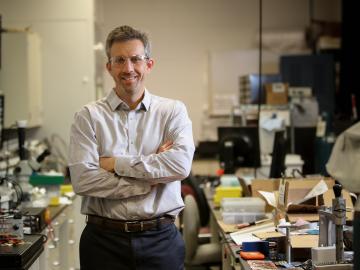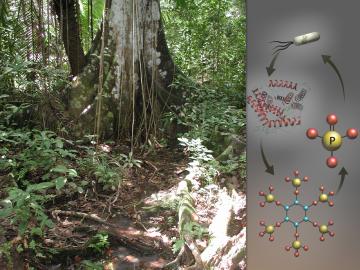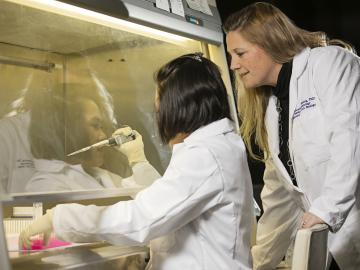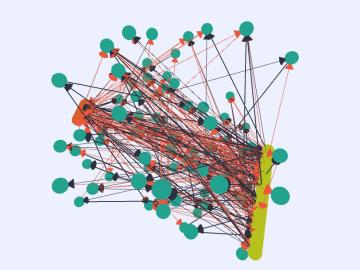
Filter News
Area of Research
- (-) Clean Energy (108)
- (-) Supercomputing (54)
- Advanced Manufacturing (8)
- Biological Systems (3)
- Biology and Environment (8)
- Building Technologies (3)
- Climate and Environmental Systems (4)
- Computational Biology (1)
- Computational Engineering (1)
- Computer Science (8)
- Energy Frontier Research Centers (1)
- Fossil Energy (1)
- Fuel Cycle Science and Technology (1)
- Fusion Energy (7)
- Materials (107)
- National Security (7)
- Neutron Science (49)
- Nuclear Science and Technology (25)
- Nuclear Systems Modeling, Simulation and Validation (1)
- Quantum information Science (3)
- Sensors and Controls (2)
- Transportation Systems (1)
News Topics
- 3-D Printing/Advanced Manufacturing (14)
- Advanced Reactors (1)
- Artificial Intelligence (8)
- Big Data (4)
- Bioenergy (8)
- Biology (1)
- Biomedical (4)
- Biotechnology (1)
- Clean Water (4)
- Climate Change (1)
- Composites (2)
- Computer Science (31)
- Critical Materials (1)
- Cybersecurity (3)
- Energy Storage (6)
- Environment (14)
- Exascale Computing (2)
- Frontier (2)
- Grid (6)
- Machine Learning (1)
- Materials Science (7)
- Mercury (2)
- Microscopy (1)
- Nanotechnology (2)
- Neutron Science (2)
- Nuclear Energy (3)
- Physics (2)
- Polymers (3)
- Quantum Science (5)
- Security (4)
- Space Exploration (4)
- Summit (11)
- Sustainable Energy (8)
- Transportation (14)
Media Contacts


Researchers are looking to neutrons for new ways to save fuel during the operation of filters that clean the soot, or carbon and ash-based particulate matter, emitted by vehicles. A team of researchers from the Energy and Transportation Science Division at the Department of En...

A novel method developed at Oak Ridge National Laboratory creates supertough renewable plastic with improved manufacturability. Working with polylactic acid, a biobased plastic often used in packaging, textiles, biomedical implants and 3D printing, the research team added tiny amo...

Yarom Polsky’s diverse background in private and public-sector research has given him a knack for recognizing opportunities to advance the state-of-the-art, and he parlays that knowledge into successful innovation as an engineer, group leader, and


A team of researchers from the Department of Energy’s Oak Ridge National Laboratory has married artificial intelligence and high-performance computing to achieve a peak speed of 20 petaflops in the generation and training of deep learning networks on the




Officials responsible for anticipating the demand for electric vehicle charging stations could get help through a sophisticated new method developed at Oak Ridge National Laboratory. The method considers electric vehicle volume and the random timing of vehicles arriving at cha...


